Japanese society is, by many measures, on the shy side when it comes to love. Full-grown adults often keep having a boyfriend or girlfriend a secret because they’re afraid of being teased or questioned about marriage, and if you see someone dressed up nicely carrying a bouquet of flowers, they’re far more likely to be going to a farewell party for a coworker than a date with a special someone.
However, there is one way in which Japan is refreshingly upfront with its romantic ambitions: the singles’ party known as a gokon. Literally meaning “matching party,” at a gokon you get an equal number of unattached men and women together, usually at a restaurant with plenty of alcoholic drinks, and see if there are any compatible pairs in the group.
As a guy, the combination of booze and girls seems like an ideal situation. But the flip side is that you’re also being judged by a panel of the opposite sex, so there are some serious pitfalls to look out for, and women in their 20s and 30s were recently polled as to the surest ways a guy can blow his chances at one of these parties.
Read More

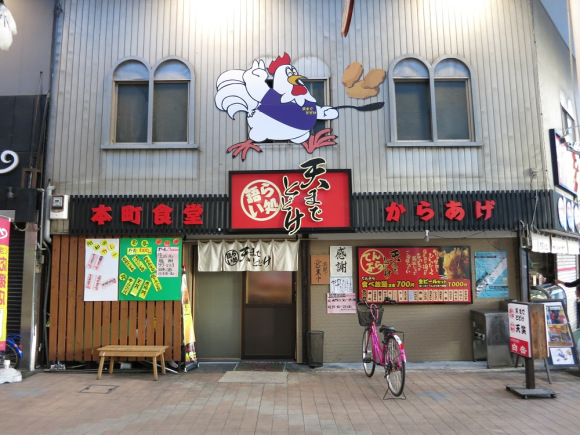
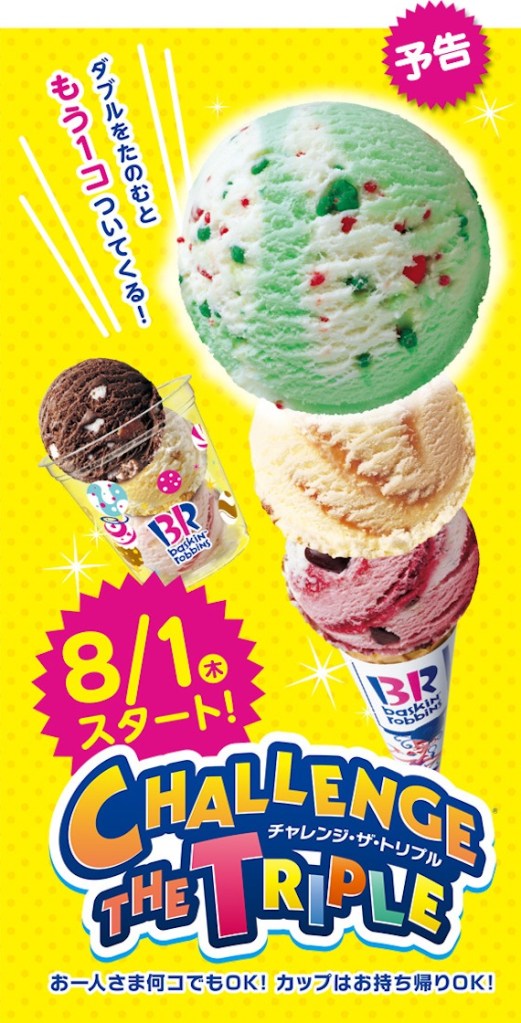
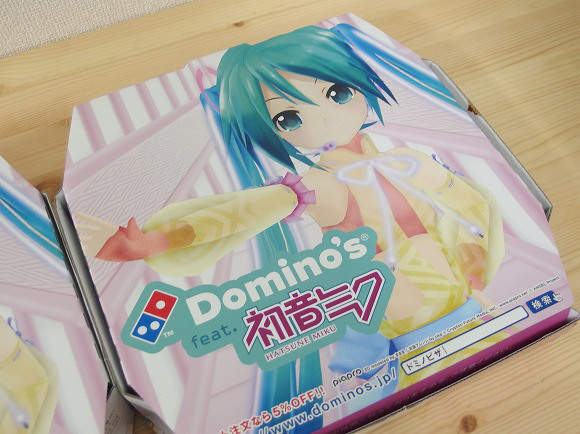
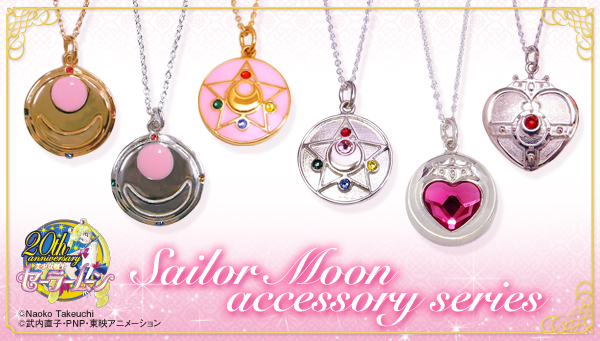
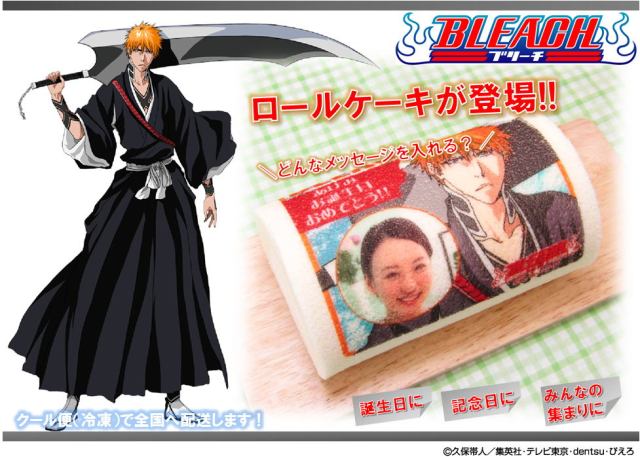
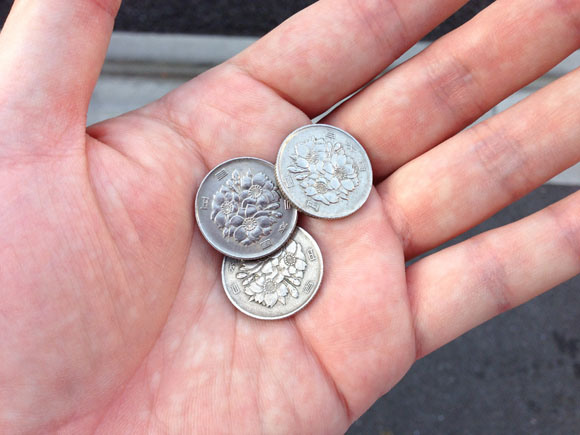
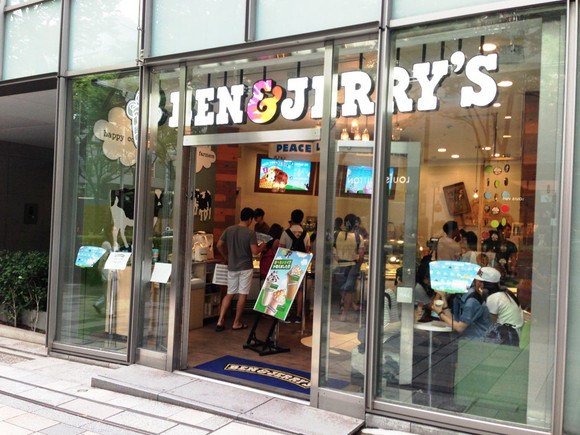

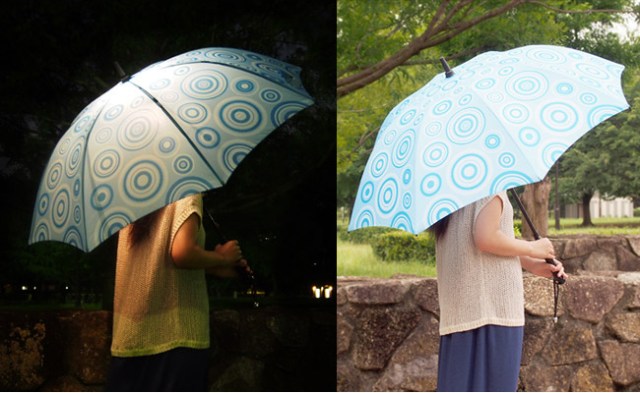
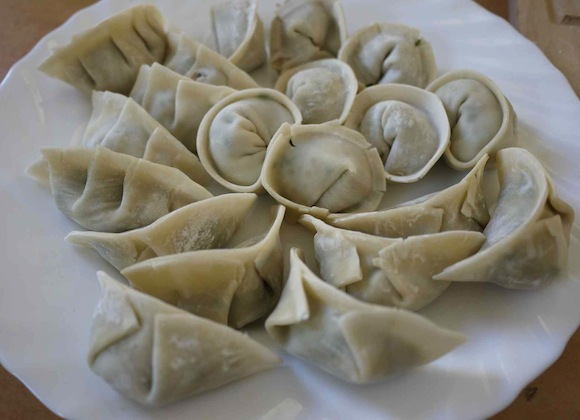
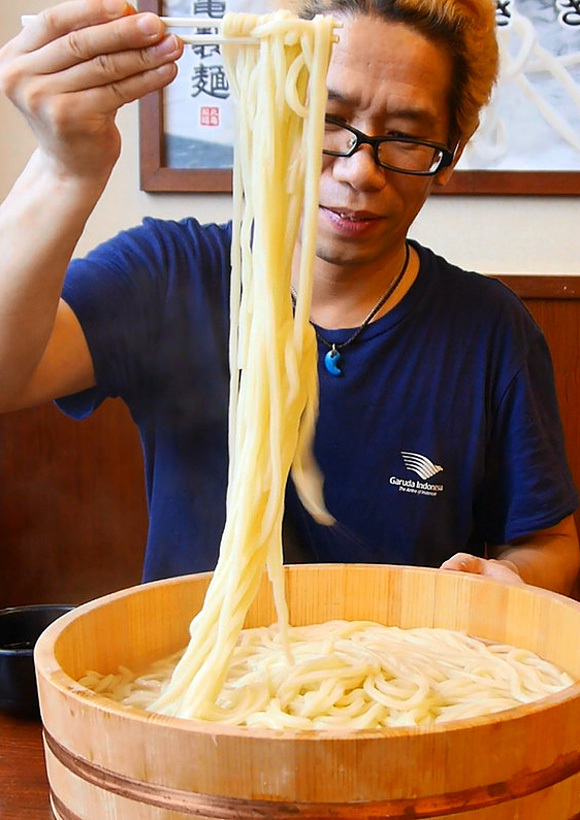
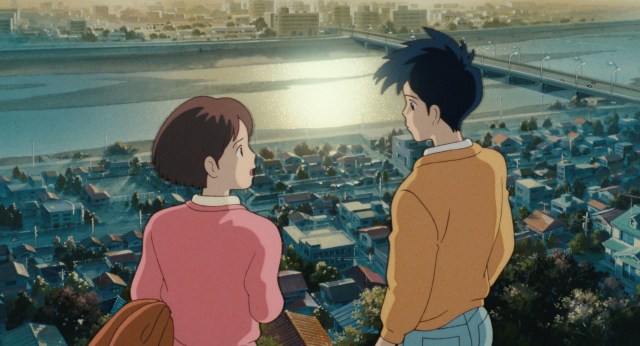
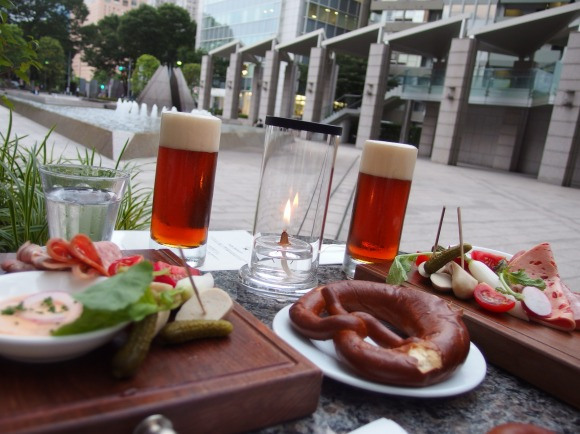
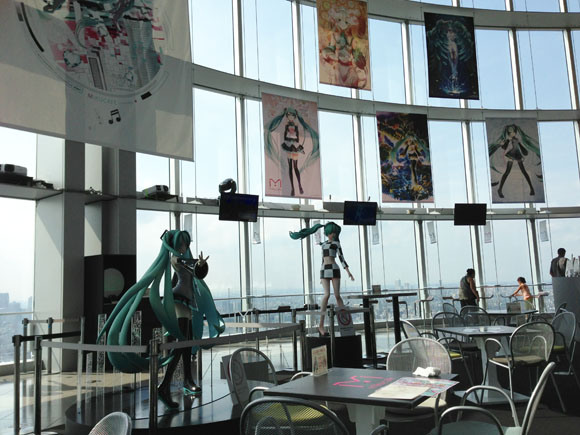
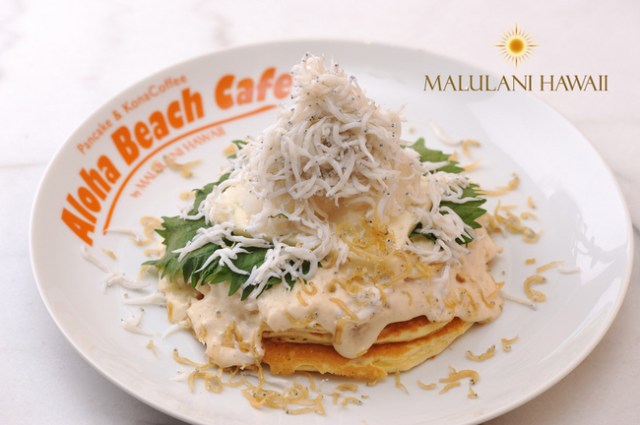
 Practical Zelda Tears of the Kingdom merch is here to be Hyrule-helpful in your daily life【Pics】
Practical Zelda Tears of the Kingdom merch is here to be Hyrule-helpful in your daily life【Pics】 Starbucks releases an official green tea chai latte with special Japanese ingredients
Starbucks releases an official green tea chai latte with special Japanese ingredients Japanese public toilet tours become popular with foreign tourists in Tokyo
Japanese public toilet tours become popular with foreign tourists in Tokyo We check out Otaru’s real-life locales that inspired scenes in hit anime Golden Kamuy
We check out Otaru’s real-life locales that inspired scenes in hit anime Golden Kamuy Kyoto study finds nearly 500 translation errors for foreign tourists, new guidelines released
Kyoto study finds nearly 500 translation errors for foreign tourists, new guidelines released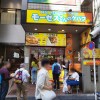 The best kebab in Tokyo? We find out if Moses in Shibuya lives up to the hype
The best kebab in Tokyo? We find out if Moses in Shibuya lives up to the hype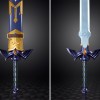 Life-size vibrating Legend of Zelda Master Sword for sale from Nintendo【Photos】
Life-size vibrating Legend of Zelda Master Sword for sale from Nintendo【Photos】 Starbucks releases special matcha Frappuccino made with Japan’s first matcha leaves of the year
Starbucks releases special matcha Frappuccino made with Japan’s first matcha leaves of the year McDonald’s Happy Meals in Japan now come with Shinkansen robots
McDonald’s Happy Meals in Japan now come with Shinkansen robots There’s a new world’s largest anime robot statue, and it’s not in Japan【Photos】
There’s a new world’s largest anime robot statue, and it’s not in Japan【Photos】 Yes, our new smartphone looks like at least two Studio Ghibli anime characters, Sharp says
Yes, our new smartphone looks like at least two Studio Ghibli anime characters, Sharp says 2nd line of Casio watch rings hits Japanese capsule machines and we got the secret one!
2nd line of Casio watch rings hits Japanese capsule machines and we got the secret one! Japanese man tells friend to wear suit to wedding party, so he comes as Mobile Suit Gundam
Japanese man tells friend to wear suit to wedding party, so he comes as Mobile Suit Gundam Mt. Fuji-blocking screen installed as response to bad tourist manners to be in place by next week
Mt. Fuji-blocking screen installed as response to bad tourist manners to be in place by next week Japanese public toilet becomes a tourist attraction in Tokyo
Japanese public toilet becomes a tourist attraction in Tokyo Studio Ghibli releases new mug and tumbler collection featuring Jiji and Totoro
Studio Ghibli releases new mug and tumbler collection featuring Jiji and Totoro New Tokyo restaurant charges higher prices to foreign tourists than Japanese locals
New Tokyo restaurant charges higher prices to foreign tourists than Japanese locals Studio Ghibli releases art crystal puzzles and folding umbrellas for rainy season in Japan
Studio Ghibli releases art crystal puzzles and folding umbrellas for rainy season in Japan McDonald’s new Happy Meals offer up cute and practical Sanrio lifestyle goods
McDonald’s new Happy Meals offer up cute and practical Sanrio lifestyle goods Foreigner’s request for help in Tokyo makes us sad for the state of society
Foreigner’s request for help in Tokyo makes us sad for the state of society “Mt. Fuji convenience store” issues apology for bad tourist manners, adds multilingual signs
“Mt. Fuji convenience store” issues apology for bad tourist manners, adds multilingual signs Tokyo’s famous Lost in Translation hotel is closed
Tokyo’s famous Lost in Translation hotel is closed Japanese ramen restaurants under pressure from new yen banknotes
Japanese ramen restaurants under pressure from new yen banknotes Bad tourist manners at Mt Fuji Lawson photo spot prompts Japanese town to block view with screens
Bad tourist manners at Mt Fuji Lawson photo spot prompts Japanese town to block view with screens Sales of Japan’s most convenient train ticket/shopping payment cards suspended indefinitely
Sales of Japan’s most convenient train ticket/shopping payment cards suspended indefinitely Sold-out Studio Ghibli desktop humidifiers are back so Totoro can help you through the dry season
Sold-out Studio Ghibli desktop humidifiers are back so Totoro can help you through the dry season Japanese government to make first change to romanization spelling rules since the 1950s
Japanese government to make first change to romanization spelling rules since the 1950s Ghibli founders Toshio Suzuki and Hayao Miyazaki contribute to Japanese whisky Totoro label design
Ghibli founders Toshio Suzuki and Hayao Miyazaki contribute to Japanese whisky Totoro label design Tokyo’s most famous Starbucks is closed
Tokyo’s most famous Starbucks is closed Doraemon found buried at sea as scene from 1993 anime becomes real life【Photos】
Doraemon found buried at sea as scene from 1993 anime becomes real life【Photos】 One Piece characters’ nationalities revealed, but fans have mixed opinions
One Piece characters’ nationalities revealed, but fans have mixed opinions We asked a Uniqlo employee what four things we should buy and their suggestions didn’t disappoint
We asked a Uniqlo employee what four things we should buy and their suggestions didn’t disappoint The best kebab in Tokyo? We find out if Moses in Shibuya lives up to the hype
The best kebab in Tokyo? We find out if Moses in Shibuya lives up to the hype Life-size vibrating Legend of Zelda Master Sword for sale from Nintendo【Photos】
Life-size vibrating Legend of Zelda Master Sword for sale from Nintendo【Photos】 Starbucks releases special matcha Frappuccino made with Japan’s first matcha leaves of the year
Starbucks releases special matcha Frappuccino made with Japan’s first matcha leaves of the year McDonald’s Happy Meals in Japan now come with Shinkansen robots
McDonald’s Happy Meals in Japan now come with Shinkansen robots There’s a new world’s largest anime robot statue, and it’s not in Japan【Photos】
There’s a new world’s largest anime robot statue, and it’s not in Japan【Photos】 My Neighbour Totoro kimono coat sells out as soon as it’s released by Studio Ghibli in Japan
My Neighbour Totoro kimono coat sells out as soon as it’s released by Studio Ghibli in Japan Pizza Potato crisis causes turmoil in Japan for chip-lovers and opportunists alike
Pizza Potato crisis causes turmoil in Japan for chip-lovers and opportunists alike The results are in! One Piece World Top 100 characters chosen in global poll
The results are in! One Piece World Top 100 characters chosen in global poll The world’s most matcha-intense ice cream experience is waiting for you in Shizuoka
The world’s most matcha-intense ice cream experience is waiting for you in Shizuoka How to avoid queues at this Ichiran ramen restaurant in Japan
How to avoid queues at this Ichiran ramen restaurant in Japan Rainbow mille crepes brighten up the food scene in Tokyo
Rainbow mille crepes brighten up the food scene in Tokyo A visit to Japan’s cat beautiful, quirky, and touching cat temple, Unrinji【Photos】
A visit to Japan’s cat beautiful, quirky, and touching cat temple, Unrinji【Photos】 Dragon Ball theme park, bigger than Tokyo Disneyland, announced, but not for Japan【Video】
Dragon Ball theme park, bigger than Tokyo Disneyland, announced, but not for Japan【Video】 New Tokyo restaurant charges higher prices to foreign tourists than Japanese locals
New Tokyo restaurant charges higher prices to foreign tourists than Japanese locals